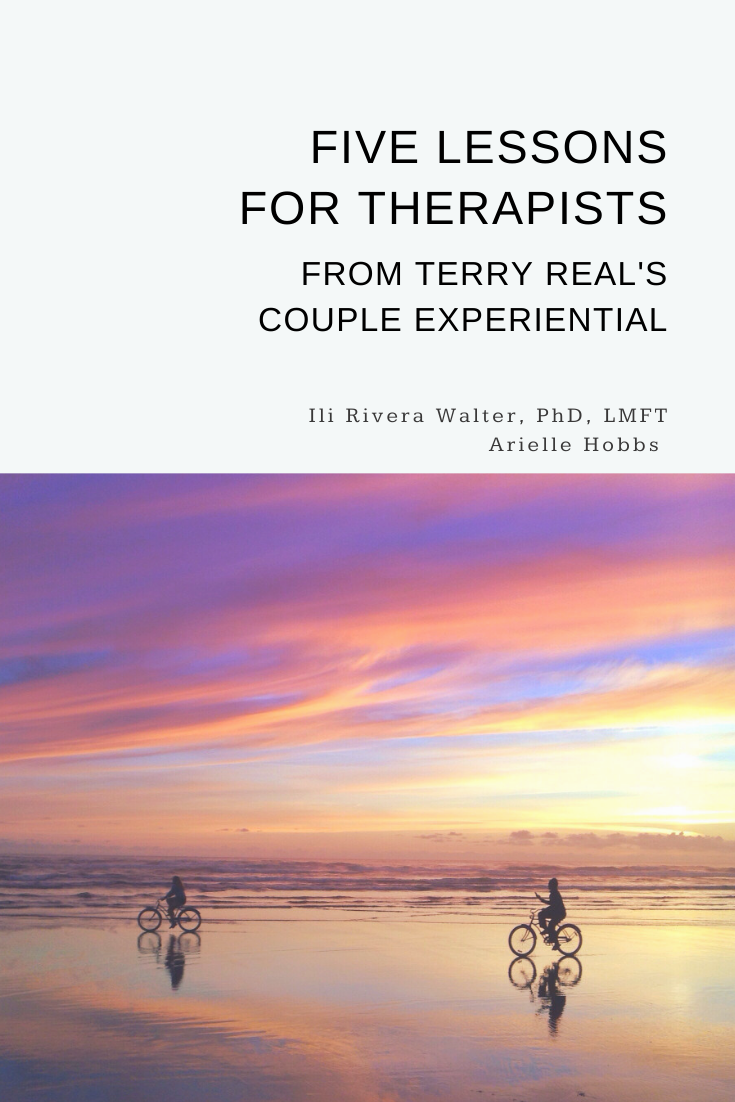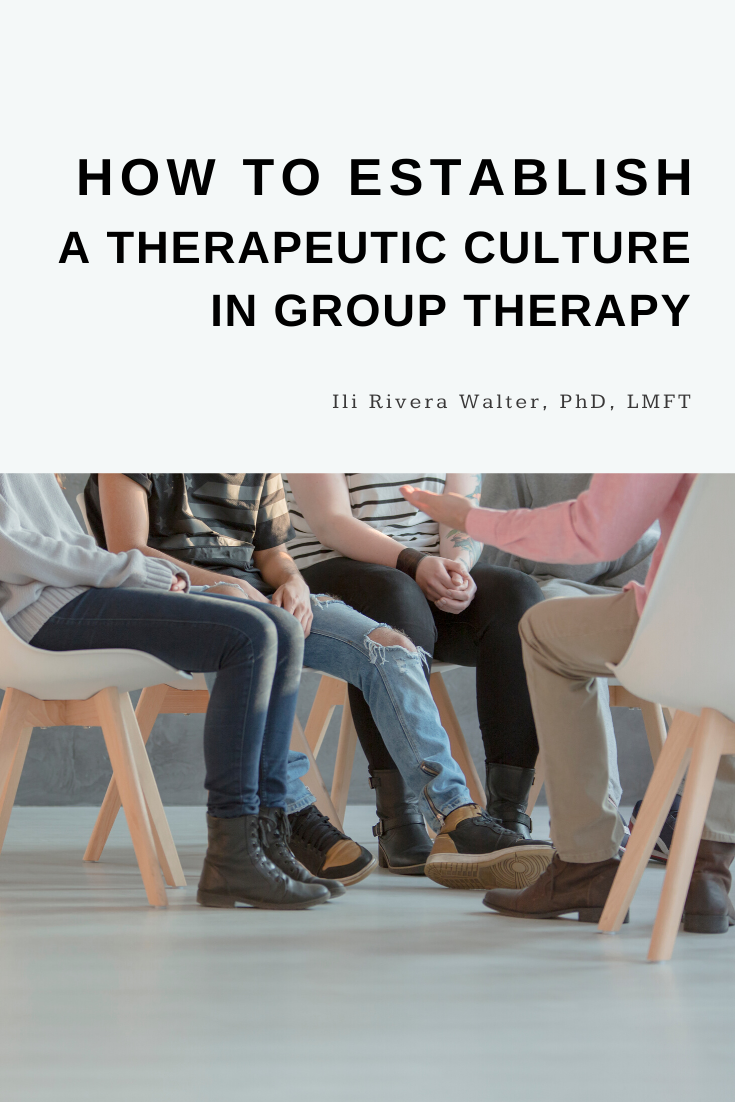For decades, we have heard about the “war on ob*sity.” Alongside that rhetoric, we have witnessed, been complicit in, or helped to fund the creation of what is now a $4.2 trillion worldwide wellness industry (Wellness, 2018).
But a fat body – a term used descriptively and in recognition of the fact that “ob*sity” is an arbitrary designation at best (Singer-Vine, 2009) and a pathologizing slur at worst – does not in and of itself warrant this veritable economy of body transformation. In fact, research has shown both that body weight is a poor indicator of health and that people can achieve good health at many different sizes (Bacon & Aphramor, 2011).
What Is Weight Stigma?
What is missing in this oft-cited prescription (if fat, then diet) is weight stigma, or anti-fat bias, defined by author Aubrey Gordon as “the attitudes, behaviors, and social systems that specifically marginalize, exclude, underserve, and oppress fat bodies” (2022, p. 10). People in bigger-than-socially-acceptable bodies experience discrimination. People in fat bodies are paid less than those in thin bodies (Baum & Ford, 2004), are less likely to be hired or get promotions (Flint et al., 2016), receive biased and incomplete medical treatment (Puhl & Heuer, 2009), and are bullied for their appearance (Puhl & King, 2013).
In fact, people who are on the receiving end of weight stigma show worse health outcomes than those who are not. Recent research confirms that weight stigma is an independent health risk factor. That means that, even when controlling for body mass index, weight stigma negatively affects people's health. It may even explain the excess risk that we see in people in larger bodies (Vadiveloo & Mattei, 2017).
As mental health providers, we have opportunities for addressing inequalities in this area. First, we can learn from people who live in differently sized bodies and from the advocates who have worked to identify and dismantle anti-fat bias. Second, we can sit with the cognitive dissonance that will accompany this paradigm shift. And third, we can grow as socially-just professionals. But, we also have obligations: To critically examine the ways we almost certainly have been complicit in weight discrimination, and to rework our policies and practices to reflect new knowledge.
With that in mind, let’s examine a few common questions:
Question: How can I respond when a client shares that they are taking weight loss medication?
Likely, this client has been told - recently or forever - that they are in a body that is too big, that they are quite literally “too much.” To praise this move, or any intentional weight loss, is to collude with a stigmatizing, oppressive system. But to ignore it is to disregard what may be a long narrative arc that has helped shape who they are and how they think of themself. Could you start by asking questions?
What has been their experience in their body?
What messages have they been given about their body, and has been the impact of these messages?
What actions have they taken, before now, to keep themself safe in this context?
Alongside validation, consider sharing what you have learned about anti-fat bias, and ask whether that framing of their experiences resonates with them.
About Weight-Loss Medication
The weight loss medications most prescribed currently are Ozempic and Wegovy. The drugs are once-weekly injectables of a medication called semaglutide, and they work, in part, by lowering blood sugar and suppressing appetite by mimicking a hormone in the gut. Side effects include abdominal pain, nausea, and vomiting. There have been reports of patients developing stomach paralysis, pancreatitis, and bowel obstruction (Sodhi et al., 2023), and the drugs have also been linked to increased risk for thyroid cancer (Mali et al., 2020) and suicidality (O'Neil et al., 2017). And early evidence suggests that these drugs will follow the pattern of fat diets before them: namely, temporary weight loss and eventual regain (Chastain, 2022).
Ultimately, the decision to take weight loss medication is the client’s, and it is up to therapists to respect clients’ agency in this situation as we would in any other. But it is also important to acknowledge that a decision made out of fear is not a product of agency but of coercion.
Question: How do I handle when a parent and/or spouse wants a family member to lose weight? What if that family member is a kid?
This is, first and foremost, a question about the parent and/or spouse desiring weight loss, not about their family member.
As such, we should think about the anti-fat assumptions held by the parent and/or spouse. If this is about attraction, for example, we can unpack the unrealistic beauty ideal, an ideal that is impossible to meet at baseline and disallows for body change of any kind, including aging. We can also provide information about that beauty ideal’s racist history, as, in the wake of the transatlantic slave trade, a need emerged to objectify whiteness as distinct from blackness. This involved not only the demonization of Black skin, but also relied on the identification of fat with Black femininity, “seen as simultaneously excessive and inferior” (Strings, 2019; Carlan, 2020).
If this is about health, we can address the nuanced web of factors that contribute to healthoutcomes, including physical, mental, financial, emotional, and social considerations collectively referred to as the “social determinants of health.” Additionally, we can challenge what may present as “a kind of well-intended bullying that ends up compounding the harms [fat people] face” (Gordon, 2023). In fact, fat people experience expressions of concern as intensely-biased and ill-informed assumptions—not indicative of genuine care, but rather, indicative of the concerned party’s discomfort with their fat body.
For the kid in question, the stakes are higher. Anti-fat bias that comes from one’s family is associated with the greatest number of poor psychosocial health outcomes, including self-devaluation because of body size, decreased body image, increased incidence of emotional eating, and decreased quality of life (Lawrence et al., 2023).
Steering a child towards intentional weight loss is particularly dangerous. According to a three-year study on almost 2,000 kids, teenage girls who dieted “at a severe level” were 18 times more likely to develop eating disorders than those who did not (Patton et al., 1999). Even moderate dieters were five times more likely to develop an eating disorder, a finding that has been replicated in future studies.
Author Virginia Sole Smith challenges us to help these kids by flipping the narrative. “We are so used to viewing fatness as a failing, as something we don’t talk about, and as a matter of personal responsibility that it requires a significant mindset shift to start saying, ‘Hey, my kid doesn’t feel safe or supported here, and that’s what needs to change’” (2022).
If a child is being bullied at school, their parent(s) could explore the district’s Harassment, Hazing, and Bullying Policy to ensure its inclusion of size- and weight-based bullying. And if it is missing, they could write to their school board to ask that it be updated. (See below for the template!) If they’re receiving confusing messaging from their health curriculum or sports teams, parents can approach teachers and coaches with curiosity and an openness to resource-sharing and/or ongoing conversation about how to navigate these tricky topics (Hanson, 2023). And it is always a good idea to curate a diverse representation of bodies in the home, including books and other media that depict kids and adolescents in larger bodies living whole, beautiful lives.
Ultimately, isn’t that what we want to ensure that our clients know is available to all of them? Whole, beautiful, embodied lives.
Grab your copy of the template for requesting a size-inclusive HHB Policy at a child’s school.
Resource
Virginia Sole Smith's compilation of fat-positive books for all ages.
References
Bacon, L., & Aphramor, L. (2011). Weight science: Evaluating the evidence for a paradigm shift. Nutrition Journal, 10(1). https://doi.org/10.1186/1 475-2891-10-9
Baum, C. L., & Ford, W. F. (2004). The wage effects of obesity: A longitudinal study. Health Economics, 13(9), 885–899.https://doi.org/ 10.1002/hec.881
Carlan, H. (2020, November 24). “Fearing the Black Body: The Racial Origins of Fat Phobia,” by Sabrina Strings, NYU Press, 2019. Center for the Study of Women. https://csw.ucla.edu/2020/11/23/fearing-the-black-body-the-racial-origins-of-fat-phobia-by-sabrina-strings-nyu-press-2019/
Chastain, R. (2022, August 17). Weight Loss Drugs Part 3 - Wegovy and Tirzepatide. Weight Loss Drugs Part 3 - Wegovy and Tirzepatide. https://weightandhealthcare.substack.com/p/weight-loss-drugs-part-3-wegovy-and
Flint, S. W., Čadek, M., Codreanu, S. C., Ivić, V., Zomer, C., & Gomoiu, A. (2016). Obesity discrimination in the recruitment process: “You’re not hired!” Frontiers in Psychology, 7. https://doi.org/10.3389/fp syg.2016.00647
Gordon, A. (2022). What we don’t talk about when we talk about fat. Beacon Press.
Gordon, A. (2023). “You just need to lose weight”: And 19 other myths about fat people. Beacon Press.
Hanson, O. (2023, October 9). “Healthy eating” curriculum can do more harm than good. CNN. https://www.cnn.com/2023/10/09/health/unhealthy-school-nutrition-lessons-wellness/index.html#:~:text=Nutrition%20lessons%20%E2%80%94%20largely%20driven%20by,calories%20and%20fear%20weight%20gain.
Lawrence, SE, Puhl, RM, Watson, RJ, Schwartz, MB, Lessard, LM, Foster, GD. Family-based weight stigma and psychosocial health: A multinational comparison. Obesity (Silver Spring). 2023; 31(6): 1666-1677. doi:10.1002/oby.23748
Mali, G., Ahuja, V., & Dubey, K. (2020). Glucagon‐like peptide‐1 analogues and thyroid cancer: An analysis of cases reported in the European Pharmacovigilance Database. Journal of Clinical Pharmacy and Therapeutics, 46(1), 99–105. https://doi.org/10.1111/jcpt.13259
O'Neil, P. M., Aroda, V. R., Astrup, A., Kushner, R., Lau, D. C. W., Wadden, T. A., Brett, J., Cancino, A. P., Wilding, J. P. H., & Satiety and Clinical Adiposity - Liraglutide Evidence in individuals with and without diabetes (SCALE) study groups (2017). Neuropsychiatric safety with liraglutide 3.0 mg for weight management: Results from randomized controlled phase 2 and 3a trials. Diabetes, obesity & metabolism, 19(11), 1529–1536. https://doi.org/10.1111/dom.12963
Patton, G. C., Selzer, R., Coffey, C., Carlin, J. B., & Wolfe, R. (1999b). Onset of adolescent eating disorders: Population based cohort study over 3 years. BMJ, 318(7186), 765–768. https://doi.org/10.1136/bmj.318.7186.765
Puhl, R. M., & Heuer, C. A. (2009). The stigma of obesity: A review and update. Obesity, 17(5), 941–964. https://doi.org/10.1038/o by.2008.636
Puhl, R. M., & King, K. M. (2013). Weight discrimination and bullying. Best Practice & Research Clinical Endocrinology & Metabolism, 27(2), 117–127. https://doi.org/10.1016/ j.beem.2012.12.002
Singer-Vine, J. (2009, July 20). Why are doctors still measuring obesity with the body mass index? https://slate.com/technology /2009/07/why-are-doctors- still-measuring-obesity-with- the-body-mass-index.html
Sodhi M, Rezaeianzadeh R, Kezouh A, Etminan M. Risk of Gastrointestinal Adverse Events Associated With Glucagon-Like Peptide-1 Receptor Agonists for Weight Loss. JAMA. Published online October 05, 2023. doi:10.1001/jama.2023.19574
Sole-Smith, V. (2022, August 9). It’s the same problem. https://virginiasolesmith.substack.com/p/the-same-problem
Strings, S. (2019). Fearing the Black Body: The Racial Origins of Fat Phobia. New York University Press.
Vadiveloo, M., & Mattei, J. (2017). Perceived weight discrimination and 10-year risk of allostatic load among US adults. Annals of Behavioral Medicine, 51(1), 94-104.
(2018, October 6). Wellness now a $4.2 trillion global industry. https://globalwellnessinstitut e.org/press-room/press- releases/wellness-now-a-4-2- trillion-global-industry/
About the Author
Kate Morris is a clinical social worker and founder of Among the Trees Counseling and Wellness, serving VT and SC. She specializes in the treatment of disordered eating and eating disorders. Kate is a non-diet mental health clinician and Certified Intuitive Eating Counselor practicing from within the Health at Every Size paradigm. She works with clients to establish trust in their bodies and discover a relationship with food that is joyful and free. She lives in VT with her husband and three children.
Author’s Note: I come to this work with a tremendous amount of privilege that makes it easier for me to say hard things. I am a white, heterosexual, cisgender woman. I am able-bodied and, particularly relevant for today, I carry thin privilege. Thin privilege represents all the social, financial, and practical benefits a person has access to because of their proximity to thinness. (So whether or not you feel like you yourself qualify as “thin,” the closer you are to thin, the more thin privilege you get.) Having said that, I will not center myself or my experience as primary; but also, given my privilege, I absolutely believe that it is part of my job to do what I can to make the world safer for people in bigger bodies.
Kate has a forthcoming CE training titled, Taking Care: Understanding Size Diversity and Inclusion as Ethical Imperatives. If you’d like more information, e-mail Kate.
Let’s Chat
How has weight stigma, or weight loss medicaiton use, shown up in your therapy sessions?
How equipped do you feel to address these issues with your clients?














